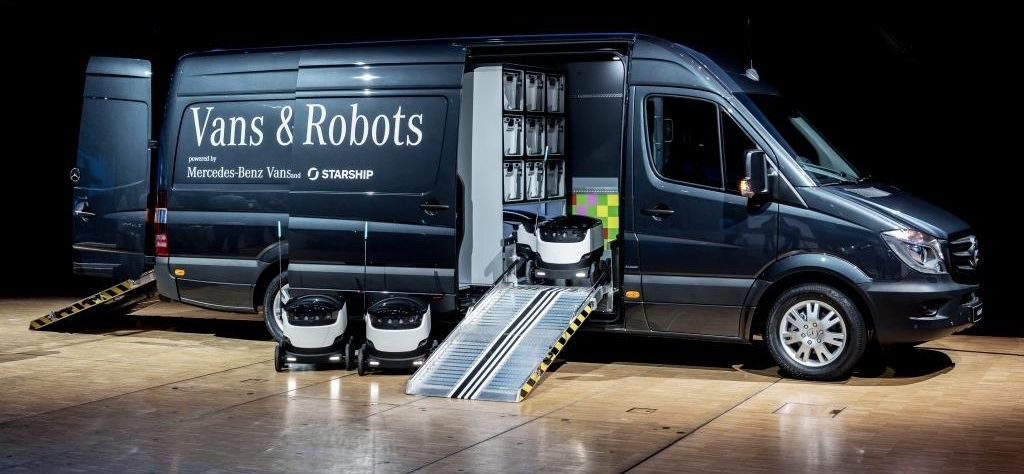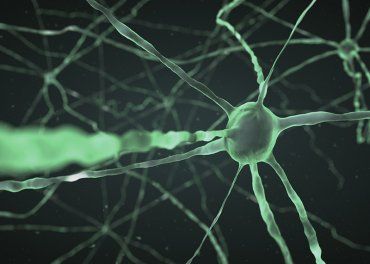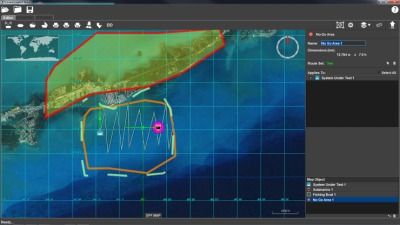Page 10676
Sep 11, 2016
The 21st Century Is a Wild Time to Be Alive
Posted by Klaus Baldauf in category: singularity
Last week in San Francisco, Singularity University hosted its first-ever Global Summit. In three days, we heard over 100 science and technology experts give talks in more categories than one human mind can fully process.
Whether you attended the conference and need help making sense of the information or missed it and want a taste of the action, I’ve collected Singularity Hub articles on some of the major themes to give you takeaways from the event.
If you’re curious for a look inside the conference, you can watch:
Continue reading “The 21st Century Is a Wild Time to Be Alive” »
Sep 11, 2016
Estonian delivery startup Starship and Mercedes-Benz team up to develop ‘Robovans’
Posted by Roman Mednitzer in categories: robotics/AI, space travel
#Estonian delivery startup Starship Technologies and Mercedes-Benz team up to develop ‘Robovans’: http://bit.ly/2c4AMAD
Sep 10, 2016
World’s first ‘nanofish’ could be used as guided drug missiles
Posted by Klaus Baldauf in category: biotech/medical

https://youtube.com/watch?v=8mDoH-06ayA
By Alice Klein
Making a splash? Engineers have created metallic nanofish that are inspired by the swimming style of real fish, and could be used to carry drugs to specific sites of the body.
Continue reading “World’s first ‘nanofish’ could be used as guided drug missiles” »
Sep 10, 2016
The Synthetic Biology Era Is Here – How We Can Make the Most of It
Posted by Karen Hurst in categories: bioengineering, biotech/medical, food
We are entering an era of directed design in which we will expand the limited notion that biology is only the ‘study of life and living things’ and see biology as the ultimate distributed, manufacturing platform (as Stanford bioengineer, Drew Endy, often says). This new mode of manufacturing will offer us unrivaled personalization and functionality.
New foods. New fuels. New materials. New drugs.
We’re already taking our first steps in this direction. Joule Unlimited has engineered bacteria to convert CO2 into fuels in a single-step, continuous process. Others are engineering yeast to produce artemisinin — a potent anti-malarial compound used by millions of people globally. Still other microbes are being reprogrammed to produce industrial ingredients, like those used in synthetic rubber.
Sep 10, 2016
Long-sought ‘warm-sensitive’ brain cells identified in new study
Posted by Karen Hurst in categories: food, health, neuroscience
A new UC San Francisco study challenges the most influential textbook explanation of how the mammalian brain detects when the body is becoming too warm, and how it then orchestrates the myriad responses that animals, including humans, use to lower their temperature—from “automatic” physiological processes such as sweating and panting, to complex behaviors, such as moving to cooler environs. These responses are vital to health, as the metabolic processes that keep us alive have evolved to operate within a narrow temperature range.
Experiments on these questions dating back 80 years, using rats and mice, have repeatedly pointed to a tiny brain region known as the preoptic hypothalamus (POA) as the site that detects the body’s warmth. But because this compact area governs functions as diverse as sleep, mating, parental behaviors, eating, and drinking, it has been difficult to precisely pinpoint which cells and circuits are dedicated to detecting and responding to warmth.
“We know a lot about how body temperature is regulated in peripheral tissues, and a bit about the key regulatory brain regions, but the identity of the neurons that act as the master regulators of body temperature has been elusive,” said UCSF’s Zachary Knight, PhD, assistant professor of physiology and senior author on the new UCSF study, which appears in the September 8, 2016 online issue of Cell.
Continue reading “Long-sought ‘warm-sensitive’ brain cells identified in new study” »
Sep 10, 2016
DARPA Wants a ‘Social Supercollider’ To Help It Understand Humans
Posted by Karen Hurst in categories: military, security
The Pentagon wants to fundamentally change how social science research is conducted.
The Defense Department uses principles of human behavior to make major decisions affecting national security, but social science is inherently limited, according to the Defense Advanced Research Projects Agency, mostly because social scientists “rarely, if ever, have ground truth” about “actual causes of observed behaviors in the ‘real world.’”
To help mitigate those shortcomings, DARPA is gathering information on ways, and potentially new technology, that can assess how closely social science research methods do represent the real world. Simulations, for instance, could be used to calibrate whether the inferences about human behavior social scientists make when they’re conducting an analysis are valid.
Continue reading “DARPA Wants a ‘Social Supercollider’ To Help It Understand Humans” »
Sep 10, 2016
AVIA Provides Systematic Test and Evaluation for Autonomy Systems
Posted by Karen Hurst in categories: information science, robotics/AI
For vessels operating at sea, avoiding collisions is a basic operational requirement. When those vessels are operated by humans, collision avoidance is part of basic operator training. And when those vessels become highly autonomous, collision avoidance must be incorporated into complex autonomy algorithms that must be thoroughly tested before the vessels enter the water.
Sep 10, 2016
China aircraft maker to promote new generation planes at air show
Posted by Karen Hurst in category: transportation
Wish I could attend.
The Aviation Industry Corp. of China (AVIC) will promote its new generation aircraft at China’s upcoming aerospace trade show, the aircraft manufacturer said Thursday.
The company’s heavy transport aircraft Y-20 and stealth fighter J-31, the major models in the new series, will be demonstrated at the 11th China International Aviation and Aerospace Exhibition, which opens on Nov. 1 in the southern port city of Zhuhai, Guangdong Province.
The new planes represent AVIC’s advances toward the fourth generation of aircraft technology, the company said.















